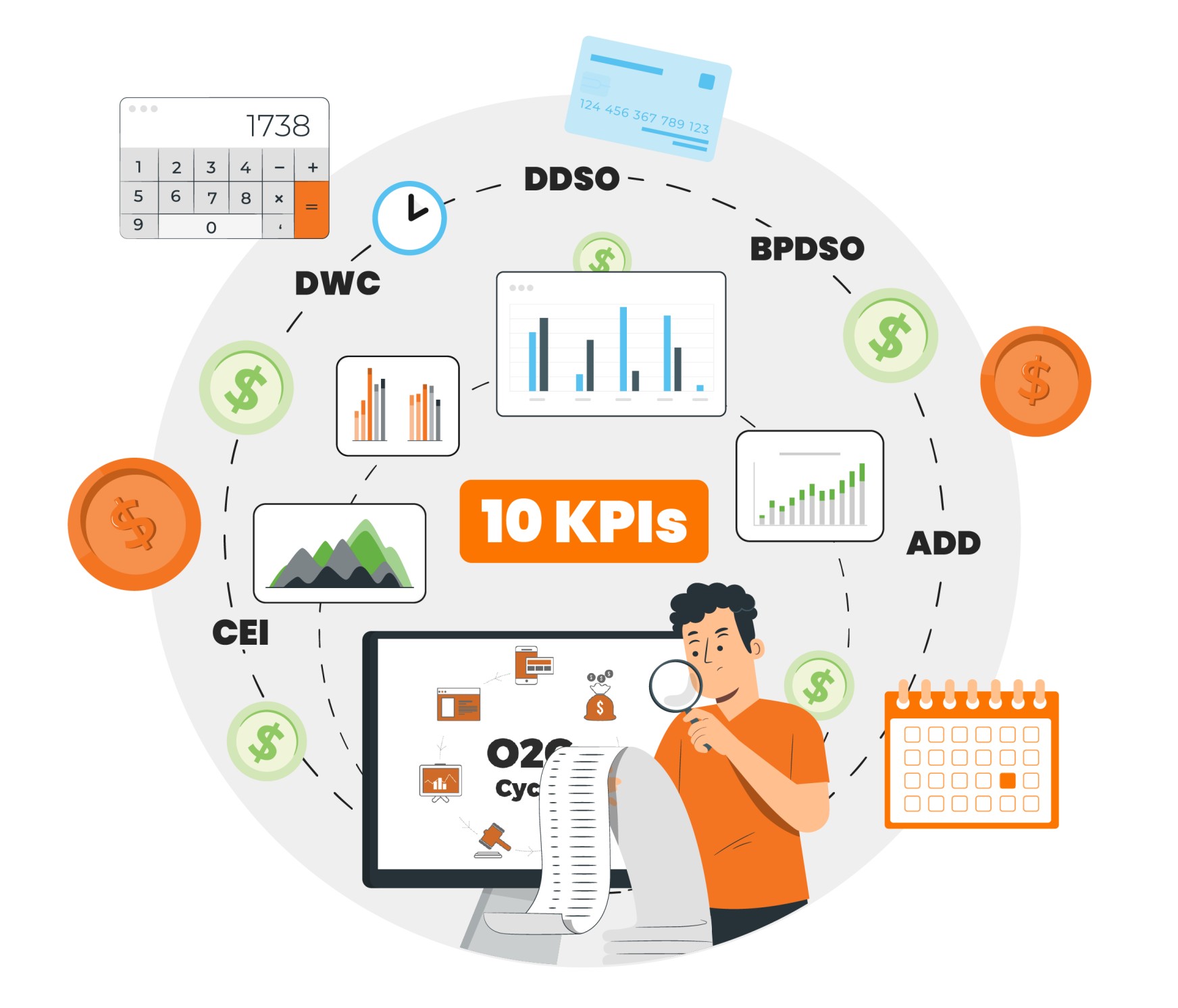Imagine you’re a seasoned business leader comparing your company’s order-to-cash efficiency with industry peers, using Days Sales Outstanding (DSO) as a key measure. As you delve into the analysis, an unsettling realization strikes: DSO, despite its common usage, may be painting a distorted picture. The fundamental issue lies not just in its widespread application but in the very core of how it’s calculated–varying drastically across companies and blurring the lines of receivables management.
Although DSO is straightforward to compute and widely recognized by companies, investors, and analysts alike, it lacks standardization, not being mandated by regulators nor defined under U.S. Generally Accepted Accounting Principles (GAAP). This absence of uniformity means that each organization can interpret and calculate DSO differently. For instance, while some firms might calculate DSO based on a 12-month average, others might choose spans like 1, 3 or 6 months, significantly affecting the outcome. Furthermore, what constitutes revenue can vary–some companies use gross sales, others net sales adjusted for rebates and discounts. This variability makes it challenging to establish a benchmark for what constitutes a ‘good’ or ‘bad’ DSO, as there are no universally accepted parameters guiding its calculation.
The selection of what to include in the accounts receivable balance also introduces discrepancies. Some companies include only billed receivables, while others add unbilled amounts and even employee related-balances owed. Whether a company uses the balance at month-end or an average over the period can further skew the DSO figure.


